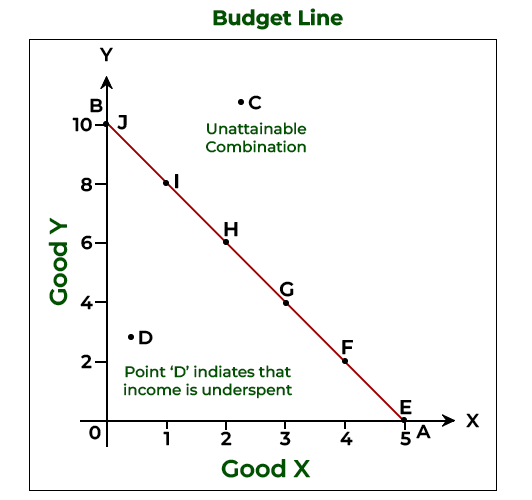Production Analysis: Theory of Production, Production Function, Factors of Production, Characteristics
Production Analysis examines the process of converting inputs (like labor, capital, and raw materials) into outputs (goods or services). It evaluates the efficiency and relationship between input combinations and the resulting output, aiming to maximize productivity. Key concepts include the production function, which shows the output levels from varying input quantities, and laws like diminishing returns, which highlight efficiency limits. Production analysis helps businesses optimize resource allocation, understand cost behavior, and make decisions about scaling operations. It also incorporates short-run and long-run perspectives, emphasizing flexibility in resource use to meet market demands effectively while minimizing waste.
Theory of Production
1. Production Function
The production function represents the relationship between inputs (factors of production like labor, capital, and raw materials) and the resulting output. It is mathematically expressed as:
Q = f(L,K,R)
Where:
- : Output
- : Labor
- : Capital
- : Resources
The production function assumes a specific technology level and focuses on maximizing output while minimizing input costs.
2. Short-Run and Long-Run Analysis
- Short-Run: At least one factor of production (e.g., capital) is fixed. Changes in production occur by varying variable inputs (e.g., labor). The Law of Diminishing Returns applies here, stating that as additional units of a variable input are added to a fixed input, the marginal output decreases after a certain point.
- Long-Run: All factors of production are variable, allowing firms to adjust inputs fully. This enables scalability and efficiency, governed by returns to scale:
- Increasing Returns to Scale: Output grows proportionately more than inputs.
- Constant Returns to Scale: Output grows in proportion to inputs.
- Decreasing Returns to Scale: Output grows less than inputs.
3. Key Laws in the Theory of Production
- Law of Diminishing Marginal Returns: Productivity per additional input decreases over time.
- Law of Variable Proportions: The output varies as input proportions are changed, with distinct phases of increasing, diminishing, and negative returns.
4. Business Applications
The theory aids firms in determining optimal input combinations, understanding cost structures, and scaling production efficiently. It underpins decisions on expanding operations, adopting technologies, and entering markets.
Factors of Production
1. Land
Land encompasses all natural resources utilized in production, such as minerals, forests, water, and arable land. It is a fixed and non-renewable factor, making its efficient use critical. Rent is the income earned from land. Examples are:
- Farmland for agriculture
- Oil reserves for energy production
- Rivers for hydroelectric power
2. Labour
Labor refers to the human effort, both physical and mental, applied to production processes. It includes the skills, expertise, and time contributed by workers. The quality of labor depends on education, training, and health. Wages and salaries are the compensation for labor. Examples include:
- Factory workers assembling goods
- Teachers imparting knowledge
- Engineers designing structures
3. Capital
Capital includes man-made tools, machinery, buildings, and equipment used in production. Unlike land, it is not naturally occurring and requires investment for creation. Capital can be physical (machines, tools) or financial (money for investment). Interest is the return on capital. Examples include:
- Machinery in manufacturing plants
- Office buildings and computers
- Vehicles used for transportation
4. Entrepreneurship
Entrepreneurship is the driving force that combines the other factors to create value. Entrepreneurs take risks, innovate, and make decisions to organize production effectively. Profit is the reward for entrepreneurship. Examples include:
- Starting a new tech company
- Developing a unique product
- Opening a restaurant
Characteristics of Production:
1. Transformation Process
Production involves converting raw materials, resources, or inputs into finished goods or services. This transformation adds value to the inputs, making them suitable for consumption or use.
- Example: Converting wood into furniture.
2. Utility Creation
Production creates utility, i.e., the ability of goods or services to satisfy needs. Utilities can be:
- Form Utility: Changing the physical form of inputs (e.g., turning iron into machinery).
- Place Utility: Making goods available at the right location.
- Time Utility: Storing goods for future use.
3. Input-Output Relationship
Production establishes a clear relationship between the inputs used (like labor, capital, and raw materials) and the resulting outputs. Efficient production optimizes this relationship, minimizing costs while maximizing output.
4. Continuous Process
Production is a continuous process as businesses must produce goods or services to meet ongoing demand. It involves constant planning, organizing, and monitoring to maintain efficiency.
5. Use of Resources
Production requires the use of diverse resources, including land, labor, capital, and technology. The efficient combination of these resources is essential for achieving maximum productivity.
6. Cost and Revenue Generation
Production incurs costs, such as raw material expenses, labor wages, and machinery maintenance. At the same time, it generates revenue through the sale of finished goods or services.
7. Market-Oriented
Production is usually driven by market demand. Producers analyze consumer preferences, trends, and economic factors to decide what and how much to produce.
8. Innovation and Technology
Production evolves with technological advancements. Incorporating modern methods and innovations improves efficiency, reduces costs, and enhances product quality.
- Example: Automation in factories.

